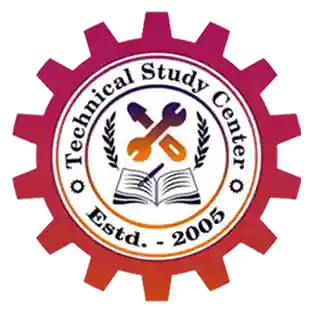We understand that preparing for a government job exam requires more than just hard work. It demands smart strategies, practical learning, and expert guidance. If you are preparing for the Military Engineer Services (MES) Exam, we are here to help you train efficiently and stay ahead of the competition.
Understanding the MES Exam
The Military Engineer Services (MES) is one of the largest construction and maintenance agencies under the Indian Defence Ministry. The MES exam is conducted to recruit engineers and technical professionals for various roles, such as Junior Engineer (JE), Draughtsman, Supervisor, and MTS (Multi-Tasking Staff).
The selection process generally includes:
- Written Exam – Questions on General Intelligence, Reasoning, Mathematics, General Awareness, and Technical Subjects.
- Skill Test / Interview – To check technical and practical knowledge.
- Medical and Document Verification – Final step before selection.
Success in the MES exam requires strong conceptual clarity, problem-solving skills, and time management.
Our Unique Approach to MES Exam Preparation
Many students prepare by reading thick books and making long notes, but this is not always effective. At Technical Study Center, we believe in learning smarter, not harder. Our training includes proven techniques that help students retain knowledge, think fast, and apply concepts correctly in exams.
1. The Mistake-Tracking Method
Most students repeat the same mistakes in mock tests. We train students to keep a Mistake Notebook where they:
- Write the wrong answer
- Find the exact reason for the mistake
- Write the correct approach
Example:
If a student keeps making mistakes in electrical circuit problems, they must write:
- What went wrong? (Wrong calculation, misunderstood concept, etc.)
- What is the right way? (Step-by-step solution)
This method helps in faster improvement and ensures mistakes are not repeated in the final exam.
2. Learn Complex Topics with the “5W1H” Technique
Many students find technical subjects difficult because they memorize instead of understanding. We use the 5W1H method to simplify learning.
- What is this topic about?
- Why is it important?
- Where is it used?
- When is it applied?
- Who uses it?
- How does it work?
Example:
For the topic “Types of Bridges”, we train students to ask:
- What are the different types of bridges?
- Why are they designed differently?
- Where is each type used?
- When is a specific type preferred?
- Who is responsible for designing and maintaining them?
- How do they distribute weight?
This technique makes even the hardest topics easy to understand and remember.
3. Smart Time Management with the 50/10 Rule
Many students study for hours but lose focus after a while. We train students to follow the 50/10 Rule:
- Study with full focus for 50 minutes
- Take a 10-minute active break (revise with flashcards, stretch, or drink water)
This method ensures higher concentration, better retention, and less fatigue, helping students perform better in exams.
4. The Three-Level Problem-Solving Strategy
Many students feel stressed about technical subjects and lack confidence. We help students develop problem-solving skills using a simple three-level strategy:
- Level 1: Solve easy questions to gain confidence.
- Level 2: Attempt moderate problems to understand the application.
- Level 3: Solve difficult and tricky problems to master the topic.
Example:
If you are studying fluid mechanics, start with basic flow equations, then move to numerical applications, and finally tackle real-world engineering problems.
5. Smart Memory Tricks for General Awareness
Most students struggle with remembering current affairs and defense-related topics. We use:
- Acronyms (e.g., “BODMAS” for solving equations)
- Mind Maps (Visualizing defense projects)
- Story Linking (Connecting events in a sequence)
Example:
Instead of memorizing all Indian defense projects separately, create a story linking them together. A creative approach improves recall and retention.
